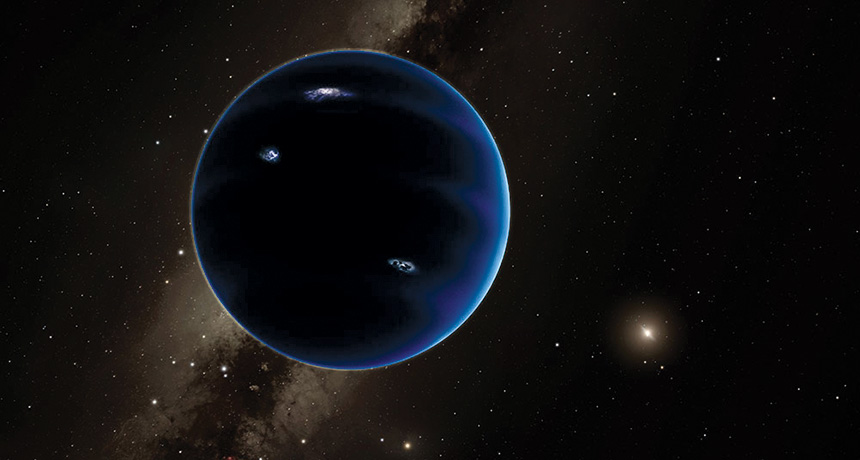New clues in search for Planet Nine
New location, brightness projections raise hopes of actually spotting distant world

SOLAR SYSTEM SEARCH Researchers are trying to pin down where to find a hypothetical ninth planet in the solar system (illustrated).
R. Hurt/IPAC, Caltech